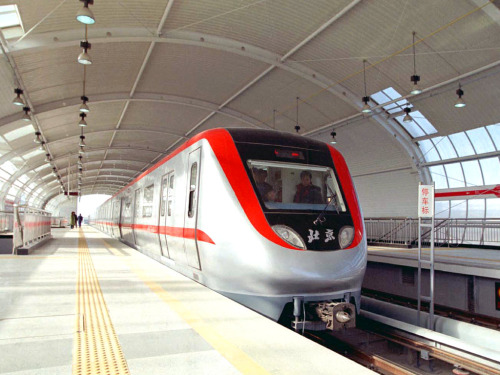 According to statistics from the China Rail Transportation Association’s Urban Rail Transport Professional Committee, as of the end of September 2012, there are 15 cities in China that have opened urban rail transit lines in operation. There are a total of 59 operating lines and a total operating length of approximately 1,746 kilometers. The total number of 1143 seats.
According to statistics from the China Rail Transportation Association’s Urban Rail Transport Professional Committee, as of the end of September 2012, there are 15 cities in China that have opened urban rail transit lines in operation. There are a total of 59 operating lines and a total operating length of approximately 1,746 kilometers. The total number of 1143 seats. Up to now, 35 cities in China have become involved with the subway. These cities include 4 municipalities directly under the Central Government, 5 cities in Shenzhen, Xiamen, Ningbo, Qingdao and Shenzhen, most of the provincial capital cities, and Suzhou, Dongguan, Wuxi and Changzhou. The large-scale prefecture-level cities basically include most of the first and second-tier cities in China.
According to incomplete statistics, there are currently more than 70 subway lines under construction throughout the country, with a total investment of more than 800 billion yuan. If we add approved projects, the investment will be more than 1.5 trillion yuan.
The development of large-scale subway construction is a great advantage for related industries. For example, in the procurement of vehicles, the annual sales of urban rail vehicles currently exceed 10 billion yuan. This market is basically split between China South Locomotive and China North Locomotive. "More and more cities are building subways, which will greatly benefit CSR's future development," said a senior figure of CSR.
It is worth noting that many of the current large subways are approved by the two rounds of investment peaks after 2008. Second-tier cities including Ningbo, Wuxi, Changsha, Zhengzhou and Fuzhou joined the subway construction at that time. As for the army, as of June 2009, plus the original cities, 23 cities have been approved for the construction of subways.
After the implementation of the “steady growth†policy in May last year, it ushered in an upsurge in the construction of metros. Among the 14 cities approved for planning after May last year, seven were from Changzhou, Xiamen, Lanzhou, Taiyuan, Shijiazhuang, Urumqi, and Xuzhou. For the first time, the city was allowed to build a subway.
Mao Baohua, director of the Urban Rail Transit Department of Beijing Jiaotong University, pointed out that the concentration of subways does indeed have the effect of promoting economic development and stabilizing growth. But more importantly, the current level of public transport infrastructure in large and medium-sized cities is very low and investment-driven is needed. Under the circumstances, investing money in this area and addressing the needs of ordinary people is the lowest risk option.
Garbage Truck,Rubbish Truck,Waste Truck,Bin Trucks
Inner Mongolia Mengkai Import and Export Trading Co.,Ltd. , https://www.mkheavytruck.com